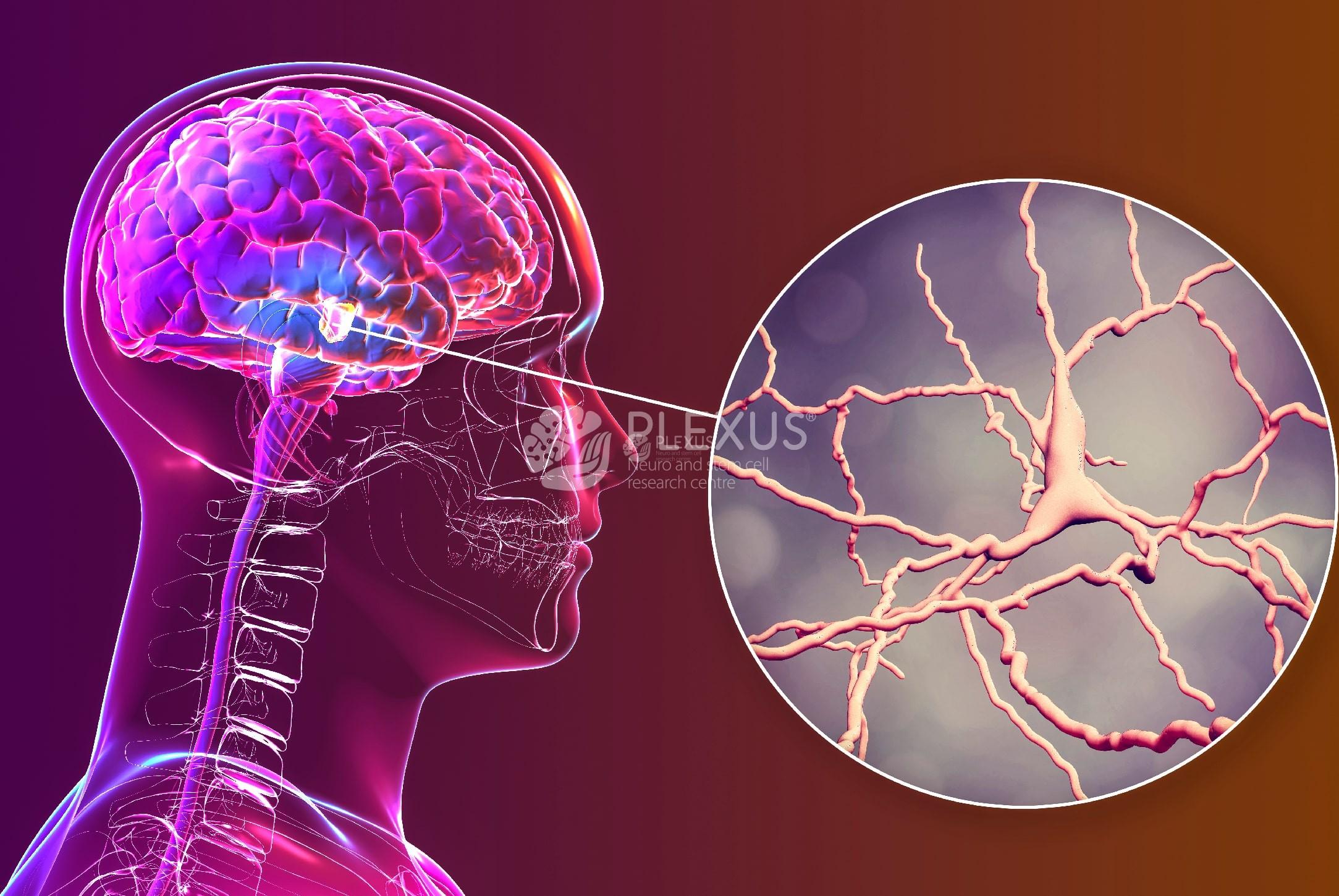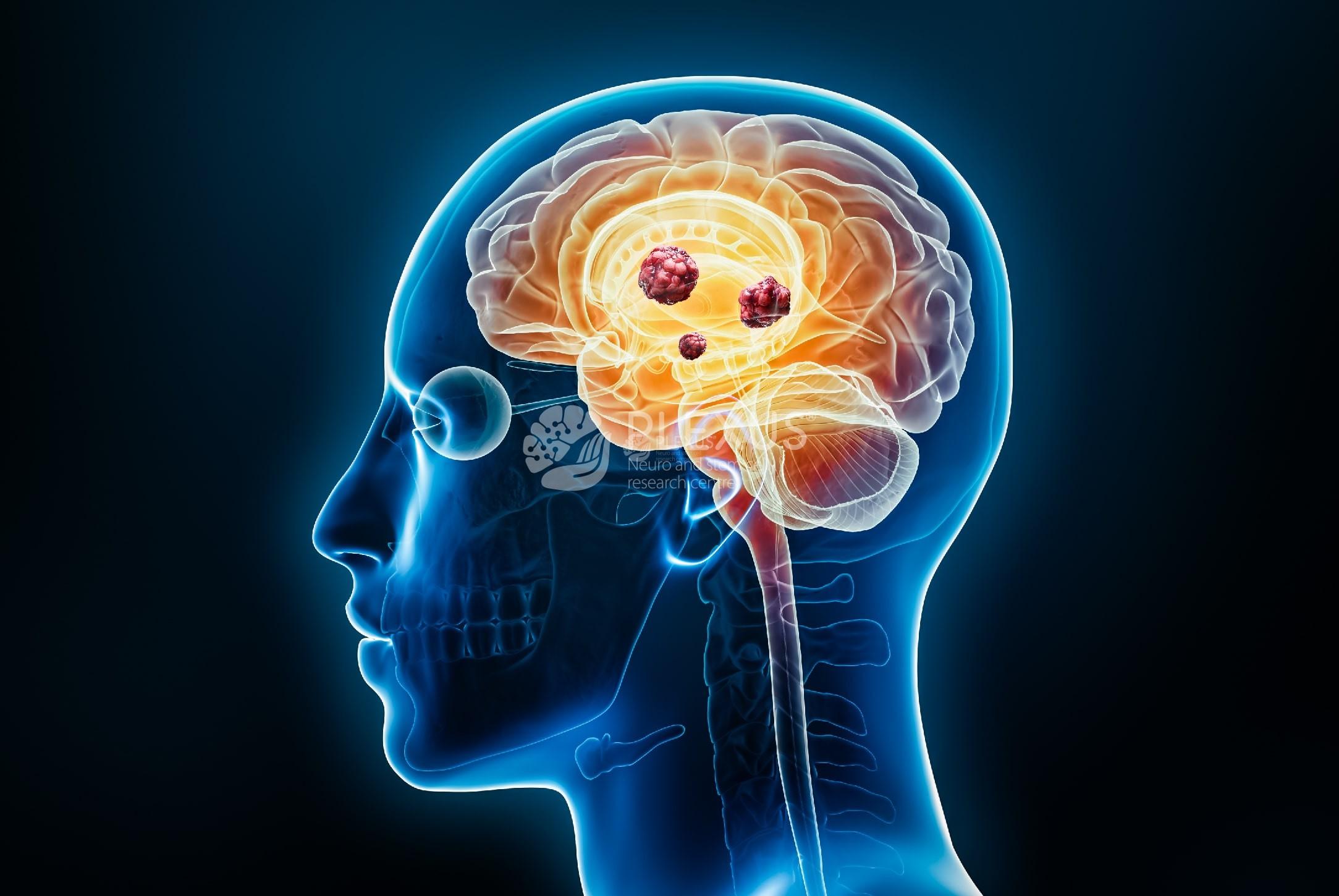- About Us
- Cell Therapy
- Neurology
- Disorders
- Services
- All Therapies
- Regenerative Rehabilitation
- Rehabilitation for Stroke
- Rehabilitation for Spinocerebellar Ataxia
- Parkinson’s Disease Rehabilitation
- Multiple Sclerosis Rehabilitation
- Rehabilitation for Spinal Cord Injury
- Rehabilitation for Motor Neuron Disease
- Rehabilitation for Cerebral Palsy
- Brachial Plexus Injury rehabilitation
- Rehabilitation for Global Developmental Delay
- Childhood Disorders Clinic
- Outpatient Services
- Ask a question
- Request an appointment
- About Us
- Cell Therapy
- Neurology
- Disorders
- Services
- All Therapies
- Regenerative Rehabilitation
- Rehabilitation for Stroke
- Rehabilitation for Spinocerebellar Ataxia
- Parkinson’s Disease Rehabilitation
- Multiple Sclerosis Rehabilitation
- Rehabilitation for Spinal Cord Injury
- Rehabilitation for Motor Neuron Disease
- Rehabilitation for Cerebral Palsy
- Brachial Plexus Injury rehabilitation
- Rehabilitation for Global Developmental Delay
- Childhood Disorders Clinic
- Outpatient Services
- Ask a question
- Request an appointment
Ataxia Does Not Make Me Fall
Regain Control with SCA treatment at Plexus
Spinocerebellar ataxia (SCA) is a group of rare, hereditary neurodegenerative disorders that affect the cerebellum and spinal cord. Patients with SCA experience symptoms like tremors and balance problems and typically require extensive support.
SCA is divided into 20 different subtypes, distinguished by numbers. The numbers are not indicative of the severity of the disease, but the order in which they are linked to a particular chromosome.
At Plexus Bangalore and Hyderabad, our rehabilitation program for SCA includes Cell Therapy as well as extensive neuro-rehabilitation, including Physiotherapy, Occupational Therapy, and Speech and Language Therapy. Our therapists specialising in vestibular rehabilitation employ multiple treatment approaches that are customized to best address each patient’s SCA symptoms


Causes of Spinocerebellar Ataxia
Being a genetic disorder caused by mutations in specific genes, SCA leads to the degeneration of nerve cells, particularly in the cerebellum.
Each type of SCA is associated with mutations in different genes. These mutations can be inherited from one or both parents, and the inheritance pattern can be autosomal dominant, autosomal recessive, or X-linked.
Spinocerebellar Ataxia Symptoms
SCA3 is the most common type of Spinocerebellar Ataxia.It is also known as Machado-Joseph Disease.
SCA5 manifests earlier than most subtypes, in the patient’s twenties and thirties. Disease progression, however, is slow.
SCA13 is a rare subtype that manifests in childhood and leads to shorter stature and some mental retardation.

Spinocerebellar Ataxia Diagnosis
Diagnosing SCA typically involves the following steps:
Spinocerebellar Ataxia Treatment in India
Our physiotherapy regime consists of various exercises to improve gait and stability and also enhance control over voluntary movements. Therapists guide patients through:
- Balance training and vestibular rehabilitation
- Trunk stability training
- Core strengthening and locomotor exercises
- Coordination training
Occupational therapies guide the patient through various exercises to improve their functionality when it comes to activities of daily living (ADL). In particular, it targets the incoordination and balance problems that are classic symptoms of Spinocerebellar Ataxia. Exercises commonly recommended include:
- Balance training, especially as applied to indoor mobility and community mobility
- Hand function training
- Handwriting training
Speech therapists target dysarthria in patients with SCA which makes it hard for them to articulate clearly. They also use exercises to strengthen the oro-pharyngeal muscles that control eating and swallowing. Among the exercises recommended are:
- Articulation exercises
- Swallowing techniques
- Strengthening exercises for oral musculature
- Pronunciation exercises
- Use of assistive communication devices
Injected mesenchymal cells (MSCs) differentiate into various cell types and possess anti-inflammatory and immunomodulatory properties, making them the ideal choice for SCA regenerative treatment. The advantages of mesenchymal cell therapy at Plexus include:
- Reduces inflammation and neuroinflammation
- Promotes neuroprotection and neuronal survival
- Supports neurogenesis and neurorepair
- Minimally-invasive and painless procedure
- Autologous cells minimise risk immune rejection
Early diagnosis is crucial for SCA patients, and can enable early intervention. This can significantly impact the effectiveness of treatment strategies, help maintain mobility, and enhance the overall quality of life.
Visit us at Bangalore or Hyderabad to know more about our rehabilitation programs for SCA.
What our patients say

Ramanujan (name changed)
“I believe that Dr Na’eem Sadiq is an amazing doctor with a friendly, warm attitude. His care towards his patients is commendable and he is a great listener. He explains to his patients and their family in the most simple terms about the root cause of problems and provides a comprehensive treatment for them. We came to India from the US to get Cell Therapy for our son with Autism.
We sincerely thank Dr Na’eem Sadiq and his staff. It was a wonderful journey with you. Keep up the good work! I will recommend Plexus to all my family and friends.”

Priyanka Reddy (Name changed)
“My experience with Plexus has been pleasant. Dr Na’eem and his staff members have been helpful and they treated my son who was suffering Sensory Processing Disorder wholeheartedly. I am glad I found this center as it helped my son recover as soon as possible.”
Vikas Anand (name changed)
“For the last three years, I have been wondering what has happened to me. I have contacted many specialists but did not receive any results. After consulting Dr Na’eem Sadiq at Plexus, he told me that I was suffering from Spinocerebellar Ataxia. He provided me with specialized treatment and now I am much better. I am able to walk without support, eat independently and my speech has also improved. The treatment focused on all my problems and helped me improve in all aspects of my life.”

Shaheen Taj (name changed)
"I have been having balance problems since a few months. Since my father and brother also suffered from such a condition, I knew its SCA for me too. I met Dr Sadiq and he did a genetic test for me, the report showed positive for SCA. I have taken cell therapy, physiotherapy and occupational therapy for my condition as recommended by Dr Sadiq. I feel I am much more stable in my walking and my daily activities have become easier. I recommend all the people suffering from SCA to take treatment at Plexus."











